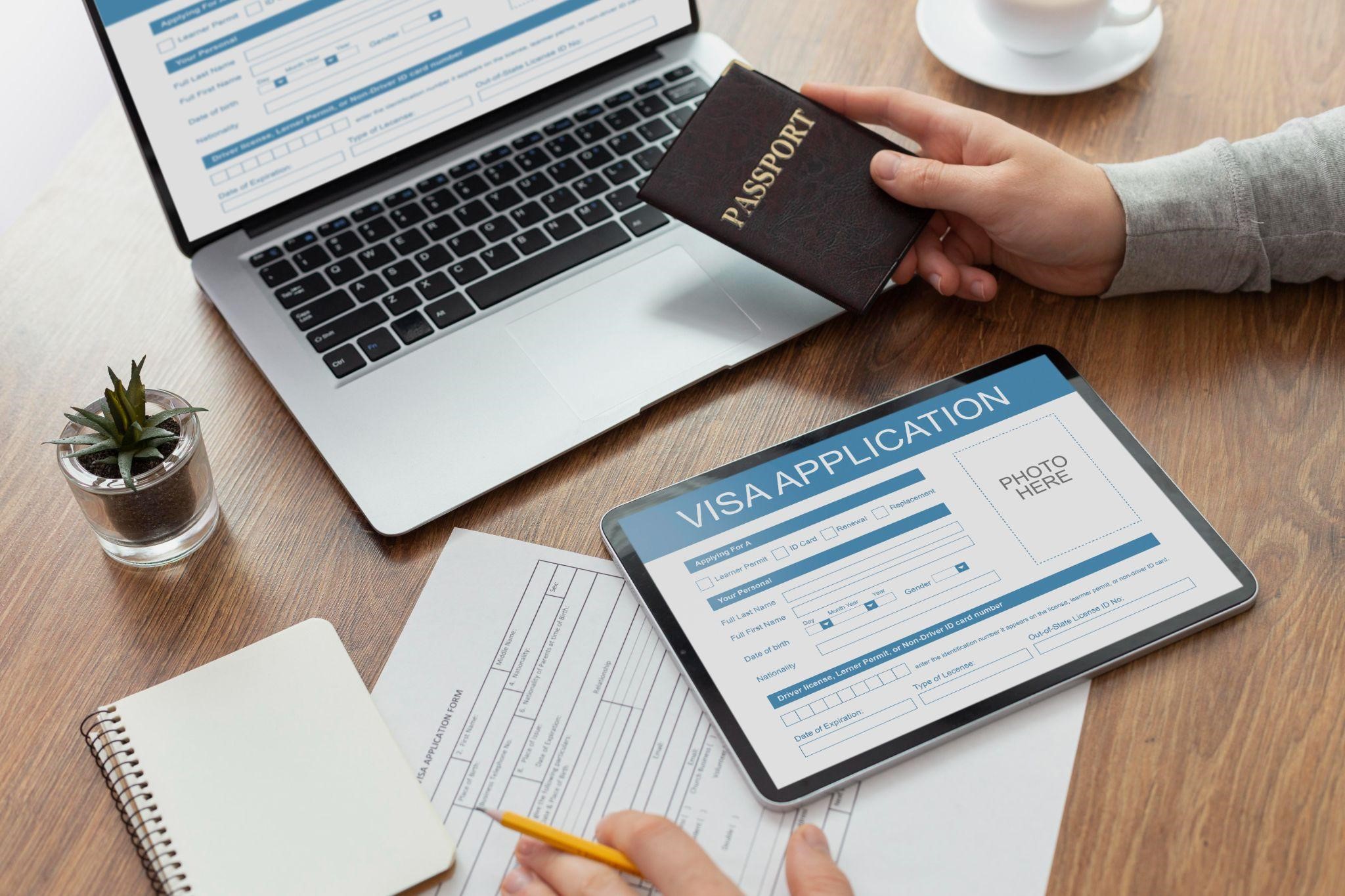Living together in Australia is becoming more and more common for couples with partner visas. The 820 visa and the 309 visa are the primary partner visa choices. The spouse or partner of an Australian citizen, a permanent resident, or an eligible citizen of New Zealand may reside in Australia under the Partner Visa subclasses 820 and 309. For candidates applying onshore, the 820 visa is available; for those applying offshore, the partner visa subclass 309.
Your spouse or de facto partner will sponsor you during this two-stage visa application process if you are married to an Australian citizen and wish to reside in Australia. Application is open to same-sex and heterosexual couples alike, and it’s the best route to obtain permanent residency.
820 and 309 Visa Distinctions:
- Onshore applicants must apply for a visa subclass 820, whilst offshore applicants must apply for a 309 visa.
- Applicants for the 820 and 801 visas may apply in Australia, while those for the 309 and 100 visas must be outside the country at the time of application.
- While the processing of the application for a permanent visa is ongoing, the 820 visa permits the applicant to remain in Australia. In comparison, the 309 visa allows the applicant to enter Australia briefly.
- If the applicant is married when the application is reviewed, they may also apply for the partner visa 309 to get married.
- Although there are two stages to the application procedure for the 820 and 309 visas, individuals can apply for both temporary and permanent visas at the same time.
The Distinctions Between De Facto And Marital Relationships
Australian law has to recognise your marriage as lawful. Your marriage will be regarded as legal in Australia if it is recognised as so in the nation where you were married. If your relationship is de facto, you must provide proof that it has been going on for at least a year before you applied for a visa. Couples of the same sex may also apply for visas under this classification.
You must be living together with your partner in addition to being able to prove that you have been in a relationship for at least 12 months. You must ensure that your separation from each other is temporary if you don’t live together.
How to Determine Which Partner Visa Option Is Better for You: 820 vs. 309 Visa?
It is crucial to consider the following aspects while deciding which partner visa option is best for you:
Place of application:
Onshore applicants must apply for an 820 visa, whilst offshore applicants must apply for a 309 visa. If you are already in Australia, you might be better off with the 820 visa. The partner visa 309 may be a better option when you are not in Australia.
Status of Relationship:
The partner visa is exclusively available to individuals genuinely in a relationship with an Australian citizen. It is necessary to be married or in a de facto partnership. Assess the status of your connection and ascertain your eligibility for the visa.
Prospective Schemes:
Make long-term plans for your stay in Australia. Determine if you are starting with a temporary agreement or if your goal is to remain in Australia permanently.
Timetable and Procedures:
Choose the visa that best suits your needs and timetable by considering processing times for each.
Contact with a Migration Expert:
Consulting a qualified migration agent or immigration lawyer can offer invaluable advice specific to your circumstances if you’re unclear about which visa is more appropriate.
Partner Visa 820 Requirements:
Relationship Requirement:
Eligible sponsors (citizens of Australia, permanent residents of New Zealand, or individuals in both countries) must be in a sincere and continuous relationship with you. The partnership may take the form of a de facto union or marriage.
Health and Character criteria:
You must meet the criteria for health and character, as must all family members included on the application.
Onshore Application:
To be eligible for a visa, you must be in Australia both during the application process and once it is approved.
Temporary residency:
After fulfilling specific requirements, you must apply for the permanent Partner Visa (Subclass 801) for temporary residency.
Subclass 309 Visa Requirements:
Relationship Requirement
An eligible sponsor (an Australian citizen, a permanent resident, or an eligible citizen of New Zealand) must be in a sincere and continuous relationship with you. The partnership may take the form of a de facto union or marriage.
Requirements for Character and Health:
The candidate and all family members must meet the requirements for character and health.
Application Offshore:
When you apply for and receive the visa, you must be outside Australia.
Temporary residence:
This visa grants you temporary residency; after you fulfil the qualifying requirements, you must apply for the permanent Partner Visa (Subclass 100).
Conclusion
The Australian Partner Visa program consists of Subclass 309/100 for offshore applicants and Subclass 820/801 for onshore applicants, which is essential for bringing couples back together. Through sponsorship, partners can live, work, and study in Australia if they are eligible as citizens of Australia, permanent residents of Australia, or eligible citizens of New Zealand. Sincere and devoted relationships serve as the cornerstone of this route toward permanent residency. Throughout the application procedure, candidates must provide paperwork attesting to the validity of their link; therefore, it’s a significant undertaking that demands careful planning and thorough documentation.




